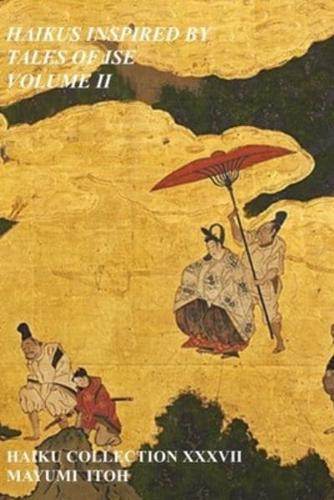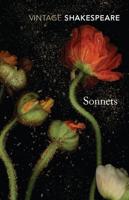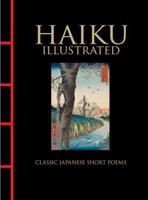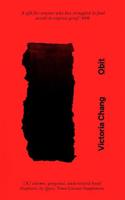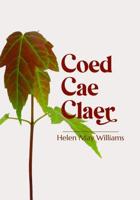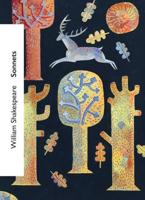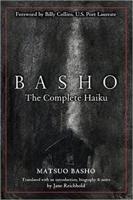Publisher's Synopsis
This bilingual haiku collection is the thirty-seventh haiku anthology originally written by this author, and was inspired by Tales of Ise, a 'poetry story' made of waka (Japanese poems with the format of 5-7-5-7-7 syllables) with brief narrative proses. It is the oldest existing poetry story in Japanese and was completed most likely after 951 during the mid-Heian period.
Many of the poems quoted in this story were written by the court noble/poet Ariwara no Narihira (825-880; 'Narihira' hereafter), who was one of the Six Immortal Poets as well as of the Thirty-Six Immortal Poets. Narihira was the fifth son of Prince Abo (792-842), who was the first son of Emperor Heizei (774-824). From his maternal lineage, Narihira was a grandson of Emperor Kan'mu (737-806), who transferred Japan's capital from Nara to Nagaoka in 784, and then to Kyoto in 794, ushering in the long Heian period.
The narratives of this story were allegedly written by the aristocrat/poet Ki no Tsurayuki (c. 870-946), one of the Thirty-Six Immortal Poets. The protagonist of Tales of Ise is anonymous, who is simply referred to as "a man in the past." It is however generally considered that "a man in the past" is indeed Narihira. Though not consistently, the narratives of the story appear to follow the real life of Narihira, beginning with his coming-of-age ceremony, covering his midlife, and ending with his imminent death.
The most authoritative version of Tales of Ise, the Teika Book, was compiled by the nobleman/poet Fujiwara no Teika (1162-1241), consisting of 125 paragraphs, embellished with 209 poems in total. It also has as an Addendum of 18 paragraphs (the Tame'ie Book).
This haiku collection (2023) is the second volume for Tales of Ise and includes 55 paragraphs-from Paragraph 71 to Paragraph 125-out of a total of 125 paragraphs in the Teika Book. It also introduces 20 paragraphs in the Addenda, including those in the Tame'ie Book. This haiku anthology presents 82 original haikus by this author, inspired by these paragraphs, along with a summary and annotations for each paragraph.
